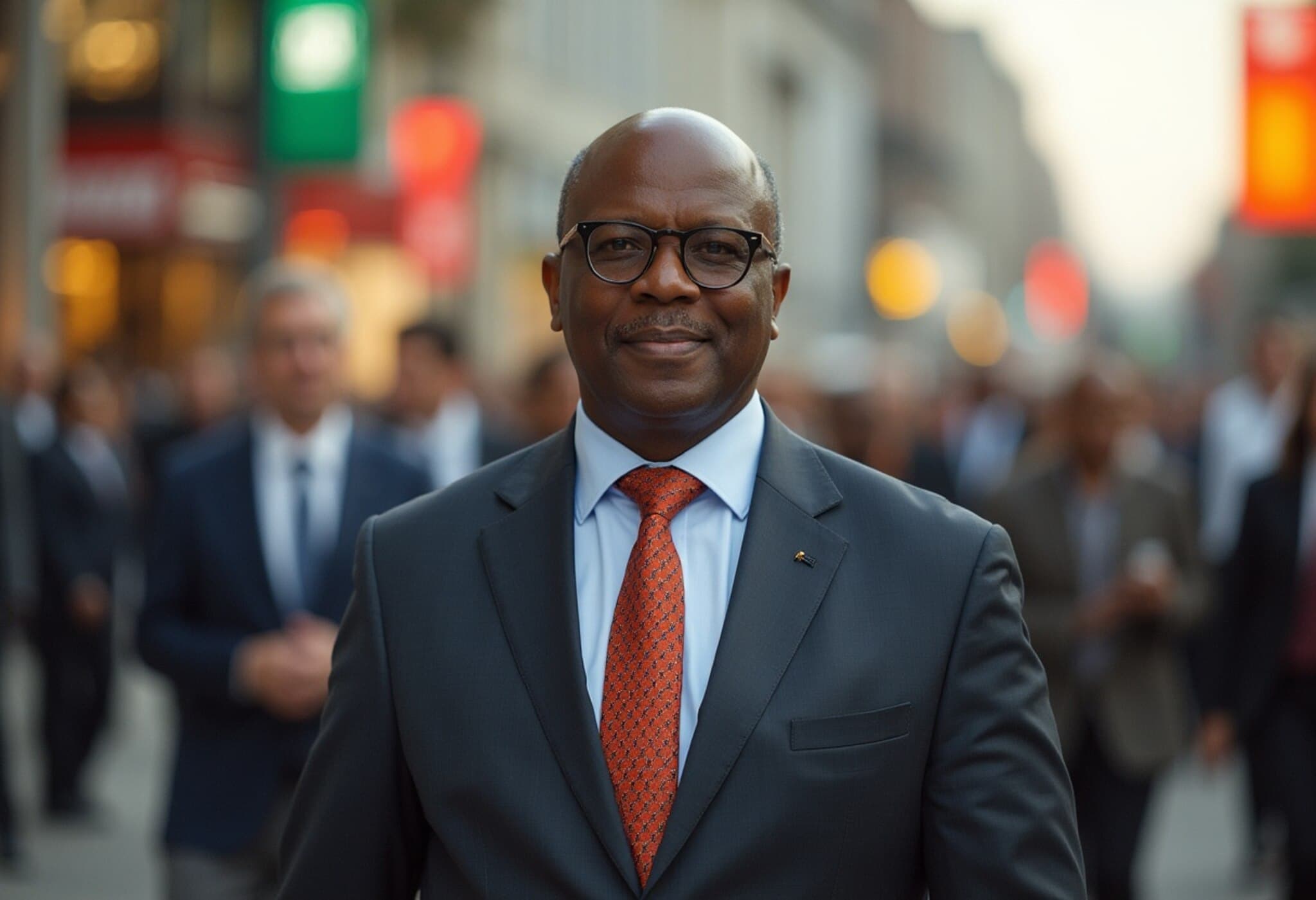South African Women Lead a Real Estate Revolution
In a remarkable turn of events that is reshaping South Africa’s property market, women are emerging as the dominant force behind homeownership, outpacing men in key financial and ownership metrics. Over the past decade, a steady rise in female-led home purchases signals not just a shift in market dynamics, but a broader transformation in socio-economic empowerment.
Women at the Forefront of Homeownership
According to recent data from Standard Bank’s Home Loans division, women have consistently accounted for 70 percent of all home loan clients over the past ten years, including joint and sole applicants. What is particularly striking is that nearly 40 percent of main home loan applicants are now women, up from 37.9 percent in 2015. This signals growing confidence among South African women to independently finance their homes without reliance on co-applicants.
In fact, over the last two years, 66 percent of female main applicants purchased homes alone, underscoring a dramatic move toward self-sufficiency in property ownership. Young women are increasingly becoming long-term investors, with 74 percent of female main applicants under 45 years old.
Economic Empowerment Fuels Property Investment
Driving this trend is a surge in female incomes. The average gross income for female main home loan applicants has soared by 74.3 percent from R38,000 in 2015 to R67,000 in 2025. This economic upswing has correlated with women purchasing increasingly valuable properties — the average home price for female buyers rose 48.2 percent to R1.3 million in 2025, compared to R800,000 a decade earlier.
Beyond Housing: Women’s Expanding Financial Footprint
Women’s growing financial empowerment extends beyond real estate. Standard Bank’s Vehicle and Asset Finance (VAF) division reports that women’s share of clients climbed from 38.5 percent in 2015 to 43.9 percent in 2025. Most notably, women aged 31 to 45 are driving nearly half of vehicle sales. Though women spend slightly less on average for vehicles (R334,914) compared to men (R356,972), their rising market presence is unmistakable.
Additionally, women are increasingly active in short-term insurance, filing over 51 percent of claims, and dominating submissions among divorced policyholders with a striking 64.4 percent share. These statistics illuminate a broader pattern of financial independence and risk management that challenges stereotypical narratives.
Industry Perspectives and Societal Implications
Hayley Ivins-Downes, Managing Executive of Real Estate at Lightstone, highlights this paradigm shift: the percentage of homes owned solely by women has grown from 30 percent in 2014 to 39 percent in 2025, while mixed ownership among couples decreased from 39 percent to 30 percent. Combined, properties owned fully or partially by women now make up 69 percent of all ownerships, while men-only ownership remains flat at 31 percent.
This trend not only redefines property ownership patterns but also challenges deep-rooted gender roles in South African households and financial decision-making. It underscores women's expanding economic agency, contributing significantly to the country’s broader economic landscape.
Why It Matters: A Closer Look
- Economic Empowerment: Rising female incomes and purchasing power have real macroeconomic implications, fueling household wealth accumulation and long-term financial stability.
- Changing Social Norms: As women assert themselves as primary homebuyers, traditional gender roles in managing finances and property are evolving.
- Policy and Market Response: Financial institutions like Standard Bank are recognizing and adapting to this shift with tailored products that support female homeownership and asset acquisition.
- Youth Engagement: The prevalence of younger women in the property market signals a generational shift with lasting effects on South Africa’s economic future.
Editor’s Note
The rising prominence of women in South Africa’s housing and asset markets marks more than just a demographic statistic — it represents a fundamental transformation in economic participation and empowerment. Policymakers and financial service providers must take note and continue to nurture this momentum by ensuring accessible financing options and supportive regulatory environments. For readers, this shift invites reflection on how gender dynamics intersect with broader economic trends and what it means for future generations of South Africans seeking financial independence and stability.
Could this be a blueprint for other emerging markets looking to empower women economically? And what additional barriers could still be limiting women's full participation in wealth creation? These are vital questions as South Africa’s women reshape the country’s financial landscape.



















